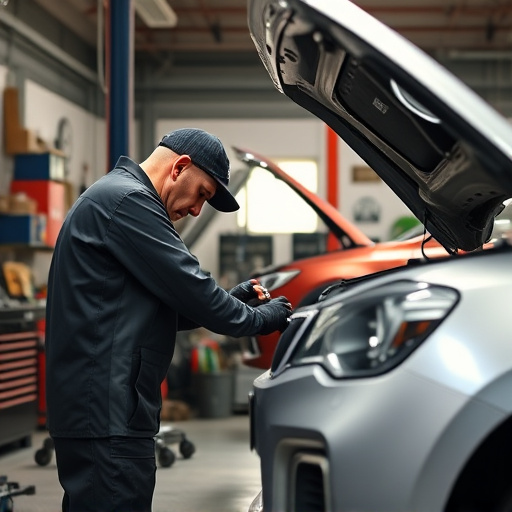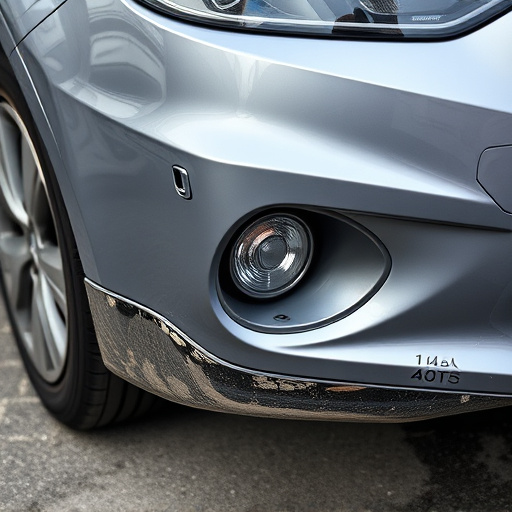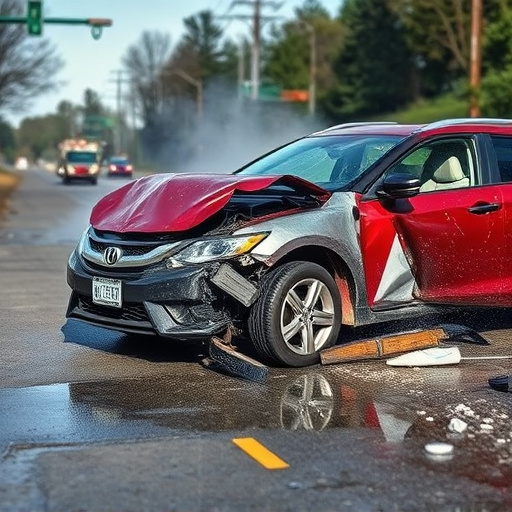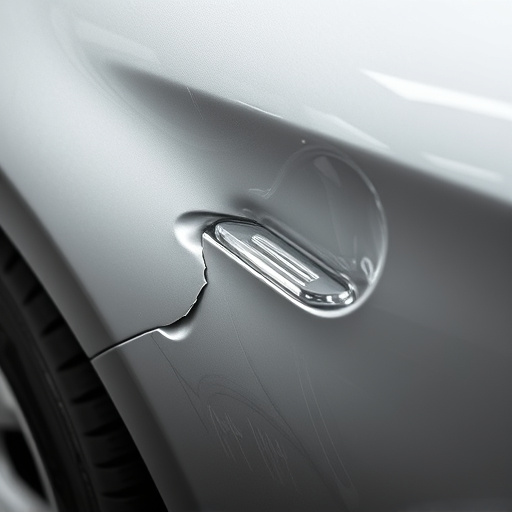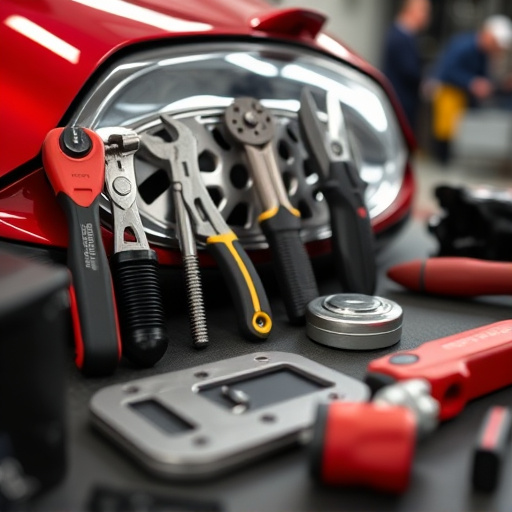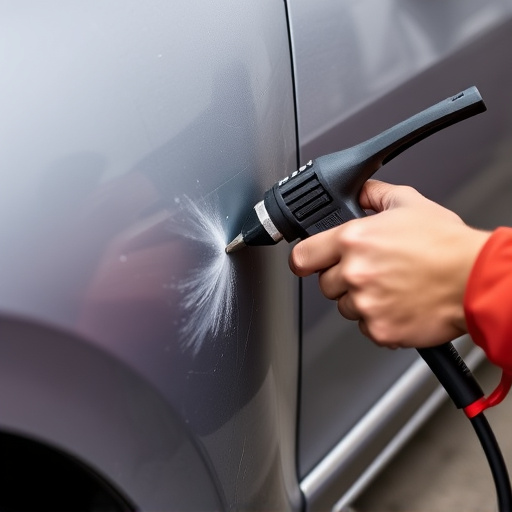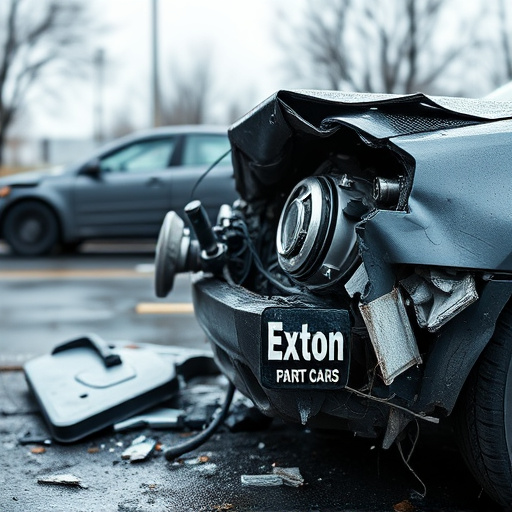After a minor accident, visually inspect the car battery for damage like cracks, leaks, or swelling. Clean and check battery terminals for corrosion. If visible damage or old age is evident, replace the battery to ensure reliable performance and safety, as faulty batteries can cause starting issues and electrical problems. Regular monitoring post-replacement is vital for early problem detection and preventing future auto body repairs.
“After a minor accident, one of the critical decisions car owners face is whether to replace or repair their damaged battery. This guide navigates through the process, offering insights on evaluating battery health post-crash and understanding the signs that necessitate a complete battery replacement. We explore when repairing might be an option and emphasize the importance of safety and performance after any battery-related service. By the end, you’ll be equipped to make informed choices regarding your car’s essential component—the battery.”
- Evaluating Battery Damage After a Crash
- When to Replace vs. Repair a Battery
- Ensuring Safety and Performance After Replacement
Evaluating Battery Damage After a Crash

After a minor accident, determining whether to replace your battery or fix it can be challenging. The first step in evaluating battery health is to check for visible damage. Look for any cracks, leaks, or swelling around the battery case and terminals. These are clear indicators that the battery has sustained internal damage and may no longer hold a charge effectively. In some cases, a simple jump-start might revive it, but if the car won’t start even after this attempt, it’s a strong sign that replacement is necessary.
Inspecting the battery’s connections is crucial in automotive repair. Corroded or loose terminals can hinder power flow and lead to intermittent performance issues post-crash. It’s essential to clean these terminals with a wire brush to remove any buildup and ensure a solid connection. If the corrosion is severe, it might be more prudent to replace the battery as part of vehicle collision repair, as attempting to clean deeply corroded terminals could cause further damage or even pose safety risks.
When to Replace vs. Repair a Battery

After a minor accident, one of the most important decisions to make is whether to replace or repair your vehicle’s battery. While a bump or dent in the bumper might be easily fixed at an auto repair shop, a damaged battery often requires a complete replacement. Consider the age and condition of your battery before deciding. If it’s old or has shown signs of degradation, such as reduced performance or frequent dead batteries, replacement is likely the best option. Even if your vehicle starts without issue after the accident, it’s crucial to get the battery checked by a professional, especially if there was any liquid leakage or visible damage.
Comparing battery repair with replacement can be tricky. Repairing minor dents in a bumper or fixing a vehicle dent repair is often more cost-effective and less disruptive than replacing an entire battery system. However, batteries play a vital role in your vehicle’s overall performance and safety, especially during cold weather or when driving long distances. A faulty battery can cause starting issues, dim headlights, or even leave you stranded by the side of the road. Therefore, in cases of significant damage or age-related wear, it’s usually more reliable and safer to opt for a new battery rather than attempting a repair.
Ensuring Safety and Performance After Replacement

After replacing a battery following a minor accident, ensuring safety and optimal performance is paramount. It’s crucial to have a qualified technician perform the installation to prevent any short circuits or other electrical issues that could compromise safety. A professional will also ensure proper sealing and connection of the new battery, minimizing the risk of leaks or corrosion that can occur with damaged car body repair.
Moreover, regular maintenance checks after the replacement are essential. This includes monitoring voltage levels, checking for any signs of damage or fluid leakage, and ensuring all connections remain tight. Regular attention allows you to catch potential problems early on, promoting reliable performance from your vehicle’s electrical system and minimizing the need for further auto body repairs down the line.
After a minor accident, evaluating your car battery’s health is crucial for ensuring safety and optimal performance. If damage is evident or if you experience starting issues, it’s time to consider battery replacement. While repairs might be an option, they may not always be cost-effective. By understanding when to replace versus repair, you can make an informed decision that keeps your vehicle running smoothly. Always prioritize safety and consult a professional for guidance on battery replacement after a crash.
